I designed an oscillator circuit using a TLC555 timer IC to create a 2 second pulse, which is used to drive a 12V 6W solenoid via a relay. Both the IC and the solenoid are run off of 12V, but every time I tried to hook them up to the same voltage rails, the IC kept frying.
My guess is that the solenoid was trying to somehow draw power through the IC, thus burning it out. I've been using separate power supplies for the IC and the solenoid to prevent this, but I've also had problems with inrush current burning out the IC.
Ideally I'd like to power both devices using the same power supply, a 12V 54W DC wall plug which seems to have good voltage regulation. What would be the best way to ensure the IC doesn't get destroyed by the draw from the solenoid?
I've included an image of my circuit; the solenoid would ideally be placed between the Oscillating_Output_(GND) and the +12V rail
EDIT: I've constructed this circuit on a protoboard and it's currently running the solenoid as part of a test fixture for some mechanical pressure gauges.
EDIT 2: added an image of the physical circuit as requested. One set of orange and black wires connect the solenoid to a 12V power supply through the relay switch, and the other set connect the power and ground rails for the oscillator circuit to a 13.8V power supply. The 12V supply seems to have much better voltage regulation than the 13.8V.